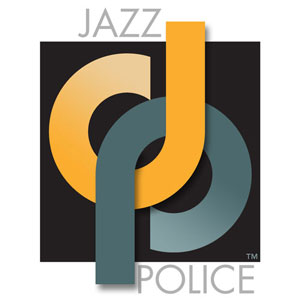Jazz music and its stories can now appear in any venue. You might find a concert in a museum, park, subway station, or at your local junior high school. That said, finding the music in the cafes and restaurants of San Francisco is problematic. One the one hand, jazz has never been more visible and displayed. Anyone one with a computer can watch the music endlessly. On the other hand, the music is at risk of being disconnected from its roots when musicians cannot build their technique in the community where they live.
That is why the recent run of the Terry Teachout play, Satchmo at the Waldorf, at the very visible ACT Theater just off of Union Square is such a notable milestone. Scheduled to run January 13-February 7, the play presents a solo performance by the phenomenal John Douglas Thompson as Louis Armstrong. Thompson plays three parts in the performance — Louis, toward the end of his career, a ghost-like Mile Davis, and most importantly, Louis’s manager, Joe Glasser. It is this last character that serves as the engine for most of the play, a fast-moving ninety minutes long. We experience the joy and a whole lot of the pain in Armstrong’s struggle to defend himself from the onslaught of modernism in the music, represented by the characterization of Mile Davis. Then there is the very real physical toll that a lifetime of performance has wrought on his body. And there is a deep sense of tragedy in the story of the management experience he tells both directly and through the persona of Glasser. All of these elements of the story are very powerfully portrayed, and create a strong sense of struggle and loss.
Terry Teachout, playwright who is also a theater critic at the Wall Street Journal, might be the perfect writer for this type of performance. As a musician (and jazz writer) himself, he seems to know all of the ins and outs of a musical life. His characterization of Armstrong, the private man, is very detailed, and done with humor and grace. It is part of the play’s accomplishment that the viewers are left not knowing some key elements of the story and left to discuss or to research the rest of the story. For example, it seems that Armstrong was warned by his physicians not to take his last performing gig at the Waldorf Hotel in New York, portrayed in the play, as the strain of two weeks of performances might be too much. As it happened, Louis was rushed to the hospital at the end of the last night with a heart attack.

The story of manager Glasser demonstrates that Teachout is not afraid to deal with one of the deepest and most troubling aspect of jazz history — the relationship between black performers and mostly white club owners, critics, and promoters. This topic has probably never been related in such a direct way in any media previously. And although it portrays a rather gruesome aspect of this topic, it is certainly a controversial view of the entire world of business that has swirled around jazz since its very beginnings. Unfortunately the topic is too great for the play to fully pursue, and instead Teachout uses a dramatic device to wrap the business situation into a brief revelation by the character Glasser.
All said, this opportunity to see one of the greatest individuals in the history of jazz come to life is not to be missed. Actor Thompson is a powerful and completely captivating performer, and this kind of portrait may never appear again. As the jazz world struggles locally, one can hope that the performance also represents an opportunity for the music to gain a greater audience and support. It also points out the outstanding history in the Bay Area of theater performances that center around the musical arts. From the Tosca Project in 2010 at ACT to the recent musical adaptation of Amelie at the Berkeley Rep Theater, musicals and musical-themed plays have become a mainstay of theater here. And as we rumble into the New Year, let’s hope that jazz in particular will re-emerge as the powerhouse that it traditionally has been in the San Francisco arts landscape.










